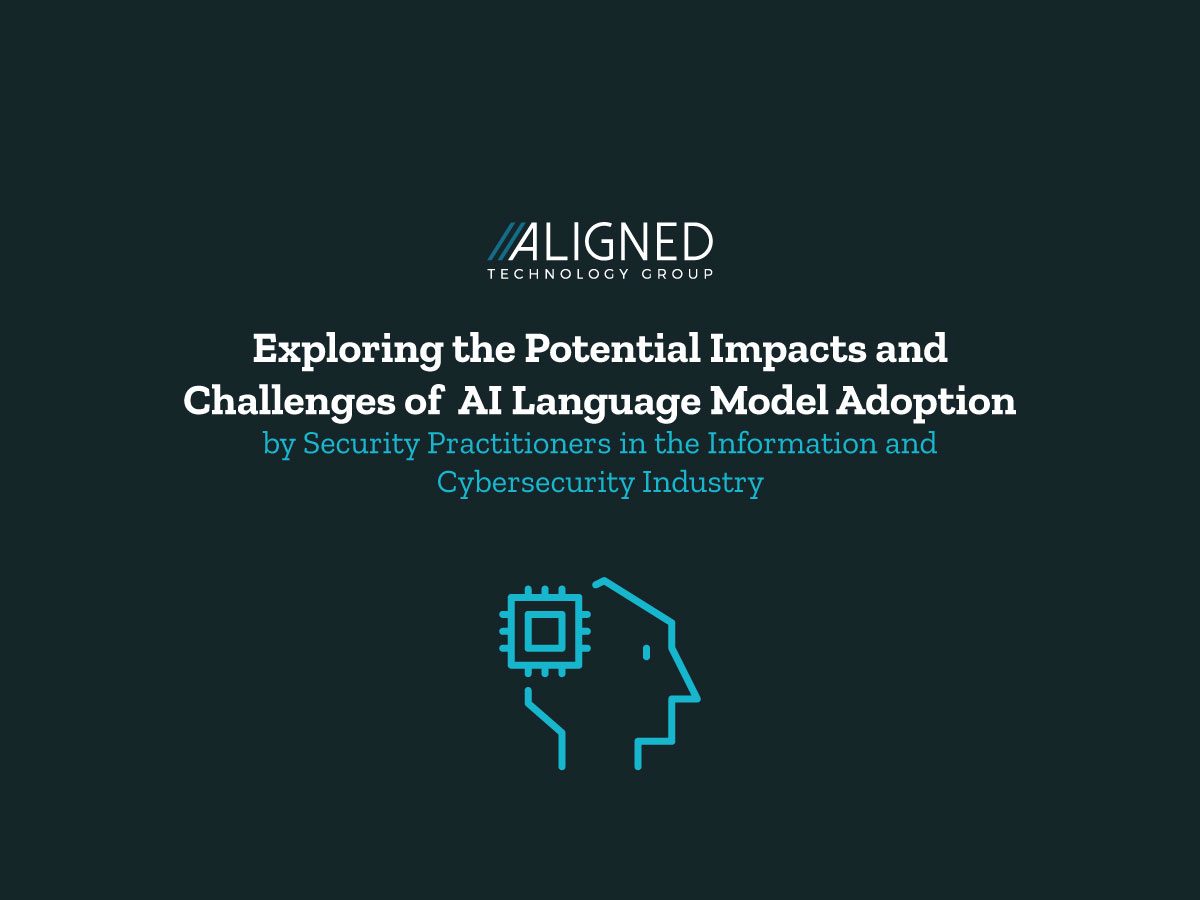
Exploring the Potential Impacts and Challenges of Artificial Intelligence (AI) Language Model Adoption
Large-scale language models, like ChatGPT (developed by OpenAI), are designed to understand, and generate human-like text, enabling it to engage in conversation with users, provide information, answer questions, and even generate creative content. The use of AI language models as a reference tool can have a significant positive impact on the productivity of security practitioners in the information and cybersecurity industry. AI language models can provide quick and accurate answers to questions related to evaluating cybersecurity risks, making cost-benefit decisions, addressing challenges such as balancing end-user productivity and information resource performance and availability, and justifying safeguards that conflict with organizational culture.
Furthermore, AI language models can serve as a valuable training tool for security practitioners, helping them stay updated on cybersecurity trends and fostering a security-conscious culture within their organization. Security practitioners can use these language models to communicate with executive leadership teams, discussing potential security risks and the benefits of adopting safeguards like multifactor authentication. By using AI language models, security practitioners can demonstrate the importance of cybersecurity to executive leadership, potentially increasing their willingness to adopt safeguards and reducing delays in their adoption.
However, the adoption of AI language models by security practitioners also presents some potential security, privacy, and ethical concerns. An AI language model’s responses are based on the data it has been trained on, which means that it may not always provide unbiased or accurate information. Additionally, AI language models may not always be able to provide context-specific advice, which could lead to incorrect decision-making by security practitioners. Security practitioners must exercise caution and verify the accuracy of the information provided by their AI language model of choice before making any business-critical decisions.
Additionally, the use of AI language models raises ethical concerns about the potential loss of human jobs in the industry. As AI technologies like ChatGPT become more advanced, they may replace some of the roles traditionally filled by human employees. This could lead to job losses in the industry, which could have significant social and economic consequences. In terms of long-term effects, the adoption of AI language models by security practitioners could shape the future workforce in the information and cybersecurity industry. As AI technologies become more prevalent, the industry may need to shift its focus from human labor to AI-supported tasks. This could lead to new job opportunities for individuals with AI-related skills, but it could also require significant retraining for existing employees.
Overall, the adoption of AI language models by security practitioners presents both opportunities and challenges. While it can increase productivity, improve decision-making, and serve as a valuable training tool, it also raises concerns about accuracy, bias, and job displacement. Security practitioners must carefully consider these factors when deciding whether to adopt AI language model and how to integrate it into their organization’s decision-making process.
Author: ChatGPT
Coauthor: Manny Landron
Last Updated on July 8, 2024 by Lauryn Colatuno

